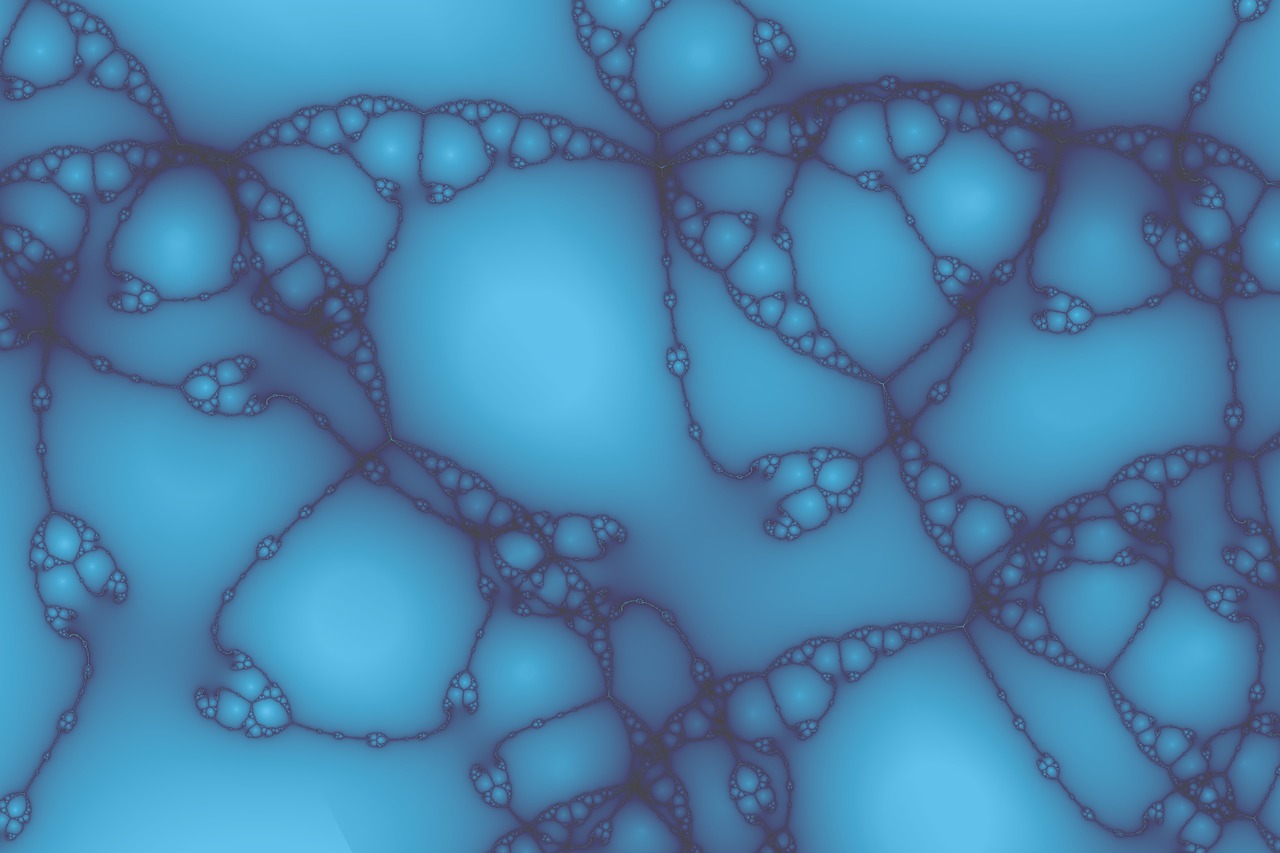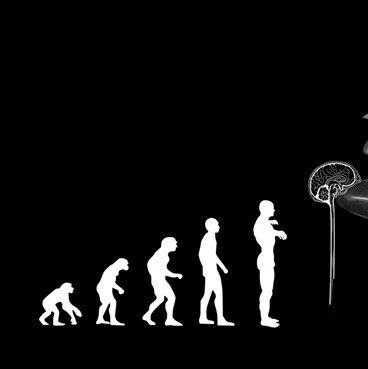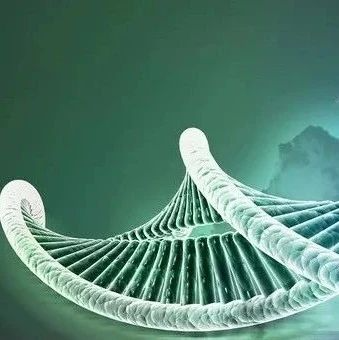
在国外一些地方,城市的鸽子也被嘲笑为会飞的老鼠,意指它们不卫生。不过在飞行转弯的时候,它们其实很出色,就像直升飞机一样灵活,这是新近一项研究的结论。
在《国家科学院院刊》(PNAS)11月28日发布的这篇论文中,美国哈佛大学研究者对原鸽(Columba livia)进行了研究,研究用了3只鸽子,在每只鸽子身上装了16个标记,当它们慢速飞行并90°转弯时用9部高速摄影机做了记录。通过视频,科学家计算出了这些鸟所产生的让自己飞行的气动力。鸽子的运动,并不像火箭那样通过转动喷嘴改变相对于身体的动力方向,而是通过转动整个身体来重新组合这些力量,鸽子制造的动力相对于身体的角度则是几乎始终一致的。直升飞机飞行时的策略也是这样的,比如说压低机头让飞机加速前进。
对于动物来说转弯是至关重要的,特别是在捕食/被捕食,或者躲避障碍物的过程中。对飞行动物来讲,转弯意味着飞行轨迹的变化以及身体方向的变化。研究者表示,现在还不清楚是否其它飞行动物也是像鸽子这样飞的。
这一研究应该能帮助改进无人侦察机或者需要飞入建筑中的飞行器的设计。
推荐视频:
鸽子是怎么飞行的

 Pigeons steer like helicopters and generate down- and upstroke lift during low speed turns
Pigeons steer like helicopters and generate down- and upstroke lift during low speed turns
Ivo G. Rosa, Lori C. Bassmanb, Marc A. Badgerb, Alyssa N. Piersonb, and Andrew A. Biewener
Turning is crucial for animals, particularly during predator–prey interactions and to avoid obstacles. For flying animals, turning consists of changes in (i) flight trajectory, or path of travel, and (ii) body orientation, or 3D angular position. Changes in flight trajectory can only be achieved by modulating aerodynamic forces relative to gravity. How birds coordinate aerodynamic force production relative to changes in body orientation during turns is key to understanding the control strategies used in avian maneuvering flight. We hypothesized that pigeons produce aerodynamic forces in a uniform direction relative to their bodies, requiring changes in body orientation to redirect those forces to turn. Using detailed 3D kinematics and body mass distributions, we examined net aerodynamic forces and body orientations in slowly flying pigeons (Columba livia) executing level 90° turns. The net aerodynamic force averaged over the downstroke was maintained in a fixed direction relative to the body throughout the turn, even though the body orientation of the birds varied substantially. Early in the turn, changes in body orientation primarily redirected the downstroke aerodynamic force, affecting the bird’s flight trajectory. Subsequently, the pigeon mainly reacquired the body orientation used in forward flight without affecting its flight trajectory. Surprisingly, the pigeon’s upstroke generated aerodynamic forces that were approximately 50% of those generated during the downstroke, nearly matching the relative upstroke forces produced by hummingbirds. Thus, pigeons achieve low speed turns much like helicopters, by using whole-body rotations to alter the direction of aerodynamic force production to change their flight trajectory.
文献链接:https://www.pnas.org/content/early/2011/11/21/1107519108.abstract








